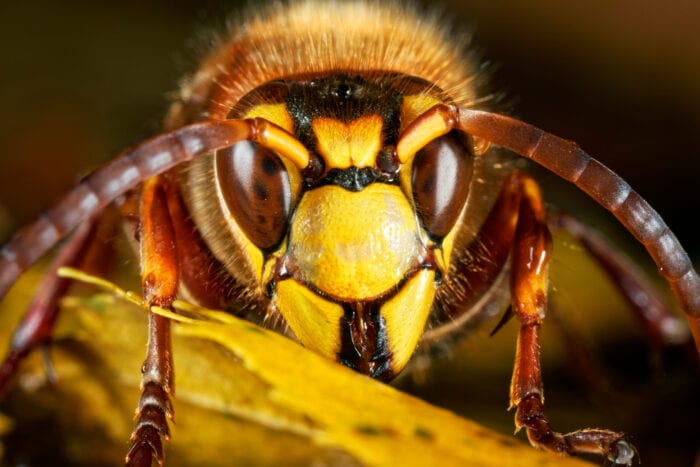‘Murder Hornets’ Have Made Their Way To The U.S., So There’s That
OMG. I feel like I just stepped into a Japanese horror film!

Let me present to you — the Asian giant hornet, and Good Grief, this thing is huge!
This freaking GINORMOUS hornet was first spotted in the U.S. back in December. Since then, there have been several sightings in the Pacific Northwest, as well as 2 sightings in British Columbia.
These monsters have garnered the name “Murder Hornet” on Twitter, and for good reason.
This scary-looking bug rips the heads of of honey bees, and demolishes their hives in less than an hour. In case you missed that — they DECAPITATE honey bees!
(A Washington State Department of Agriculture entomologist) described a lifecycle where Asian giant hornets attack individual honeybees in the early summer – turning prey into a “meatball” to feed to hornet larvae. Soon, the hornets abandon this “hunting phase” in favor of the “slaughter phase” – the wholesale killing of bee colonies so the hornets can plunder their hives.
USA Today
We already had a devastated honey bee population in the United States, and now this Murder Hornet is just going to potentially make the situation worse.
We need honey bees to pollinate flowers, so we can get things like — you know — food. Fruits and veggies rely on pollination in order to grow in abundance.
If these Murder Hornets go and kill off all the bees, this is going to mean only BAD things for our population — which is already being inconvenienced by the current pandemic situation.

Now, just looking at these Murder things sends chills down my spine, but researchers say not to worry. Although these hornet stings kill about 50 people a year in Japan, they don’t prefer to go after humans.
They mainly sting people when they are handled, or they are defending their kill site. Their stings can cause pretty bad allergies and neurotoxic issues, but odds are, it probably won’t kill you.
Yes, they CAN kill you if they sting you enough or if you are allergic to their venom but as of right now, experts are saying the threat to humans is relatively low.
So, bottom line, if you see one of these giant Murder Hornets, turn and run the other way — and for the love — don’t touch them!
Oh, and if you start seeing them more, report them to your local State Department of Agriculture.






